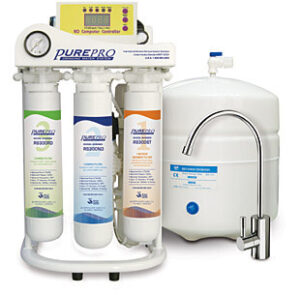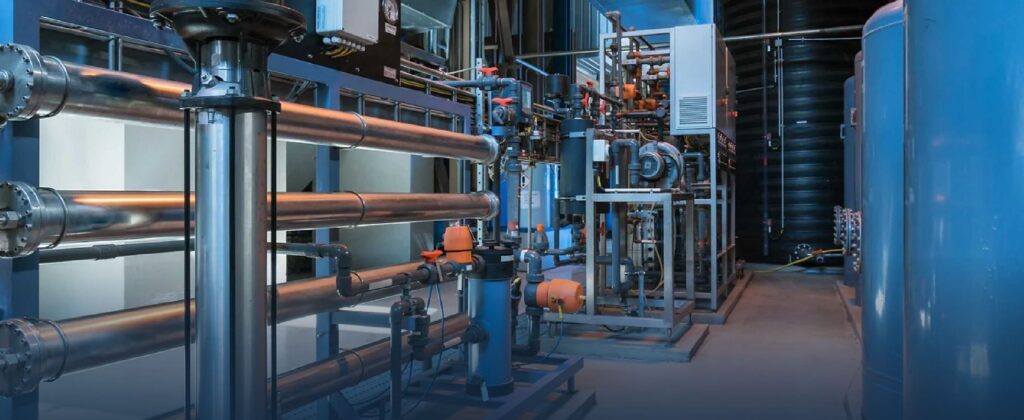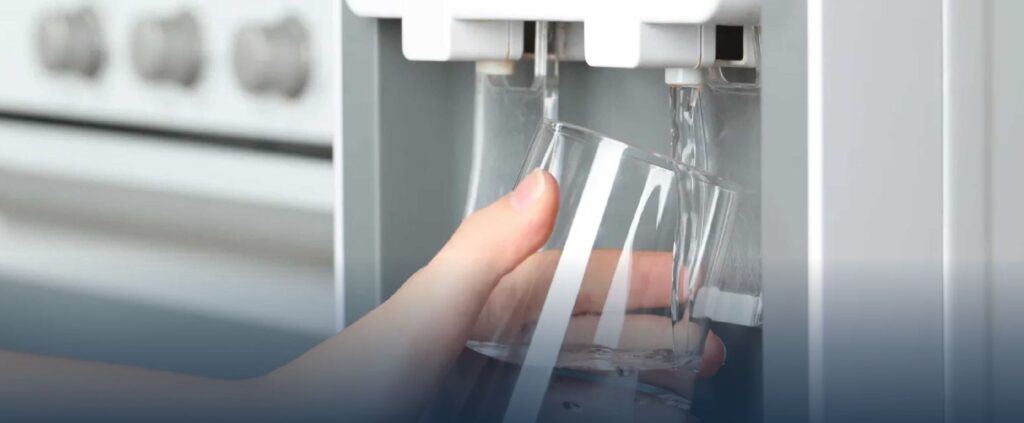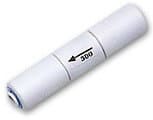Residential RO Systems -waste to pure ware ratio explained
Waste to pure water ratio explained.
Discerning buyers who are in the market for a new reverse osmosis system look at a number of factors to ensure they get value for money. One of the more common question asked is; what is the waste to pure water ratio on your Reverse Osmosis Units? The answer I have is be very careful when a water filter company tells you they have a 1:1 ratio and we see this a lot:
“NEW AND IMPROVED LOWEST WASTE TO PURE WATER RATIO ON THE MARKET 1:1”
The truth is that residential RO systems have a waste: pure water ratio that is set by the membrane supplier. The ‘waste’ water is required to flush the membrane and ensures that you can achieve a reasonable life span of 2-3 years before having to replace the membrane. Any low ratio like 1:1 will ensure that the membrane needs to be replaced well before the typical life expectancy –ironically a bonus for the unscrupulous salesman who promised you the outrageous ratio.
Residential RO systems have a waste: pure water ratio of 3 to 5 to 1 (average 4:1) and the actual ratio should depend on a number of factors including water quality ,pH, pressure and temperature. In reality this ratio is set and predetermined, thanks to a flow restrictor that is sized according to the membrane output.
General Guideline for Flow restrictor sizing.
|
|
Industrial Reverse Osmosis systems can achieve waste:pure water ratios of 1:1 however that comes with an added expense and degree of complexity.
For instance, industrial RO systems have a recirculating loop that recirculates 50% or more of the waste water. In order to facilitate this, antiscalants have to be dosed on an ongoing basis to prevent the membrane from fouling ( clogging). Reverse Osmosis membranes have tiny pores of only 0.0001 micron, so it doesn’t take much for the pores to get clogged- and that is why you need the continuous flush to prevent the membrane from fouling. Membrane fouling has a negative effect on membrane performance, and in extreme cases may result in non-reversible membrane degradation. The membrane fouling process is usually referred to as deposition of inorganic or organic substances on the membrane surface and/or blockage of feed channels. In the initial stages of membrane fouling, performance changes are similar to those caused by the compaction process. The fouling process is usually associated with an increase in pressure drop. Exposure of membranes to high pressure may result in an increase in the density of membrane material (called compaction), which will decreases the rate of diffusion of water and dissolved constituents through the membrane.
So membrane flushing at the required flux rate is absolutely necessary. This is the price you pay for high purity great tasting water.
Apart from the preset flush ratio, it is recommended that the the membrane should be flushed on a regular basis, at full flow rate. This is achieved by having a by-pass at the flow restrictor that will allow a manual full at high water flow rate . This should be done at least once a month for a few minutes. The total waste water generated by a typical household would not be more than 2 to 4 toilet flushes per day. Most systems have a buffer tank that is filled up, and once full no more water is used.
Another questions asked frequently is why are your membrane systems only $290 , and other suppliers up to $1300?
Beats me – The thing about getting what you pay for is true sometimes, but not always. Often the more expensive RO units are actually inferior. Many use undersized filters in an effort to achieve a stylish appearance. And they often have some bells and whistles that are more trouble than they’re worth. You will find that the companies that charge a lot for their filters also make outrageous claims regarding their filter performance. Our membranes are world class Dow membranes manufactured in the USA.
Pacific Water Technology have recently opened a new show room in Brisbane where prospective customers can view a wide range of residential and commercial RO filters. We supply world class filtration systems supplied by top brands including Purepro.





